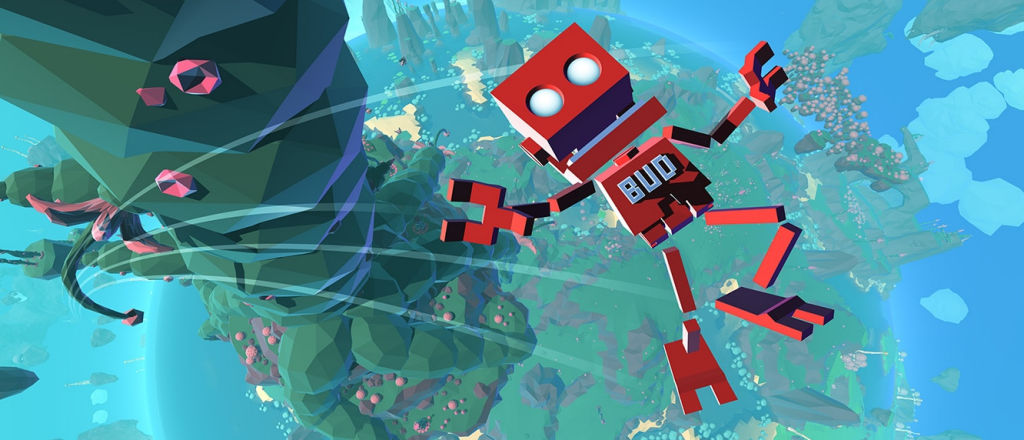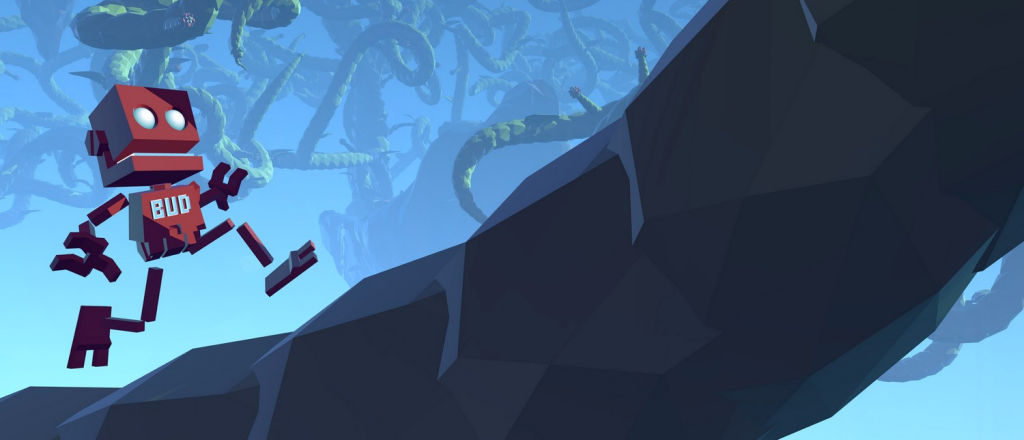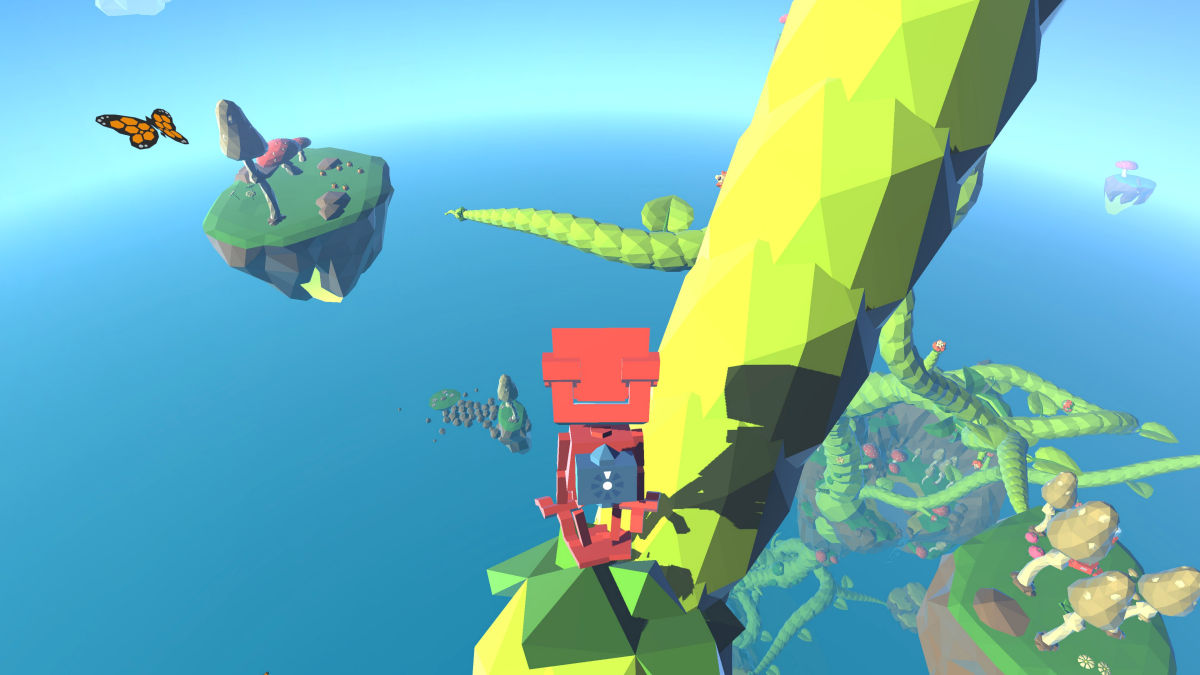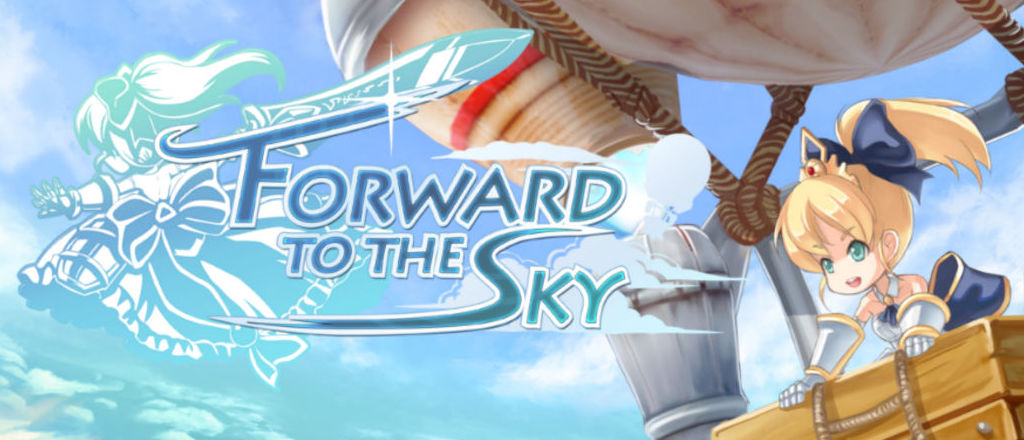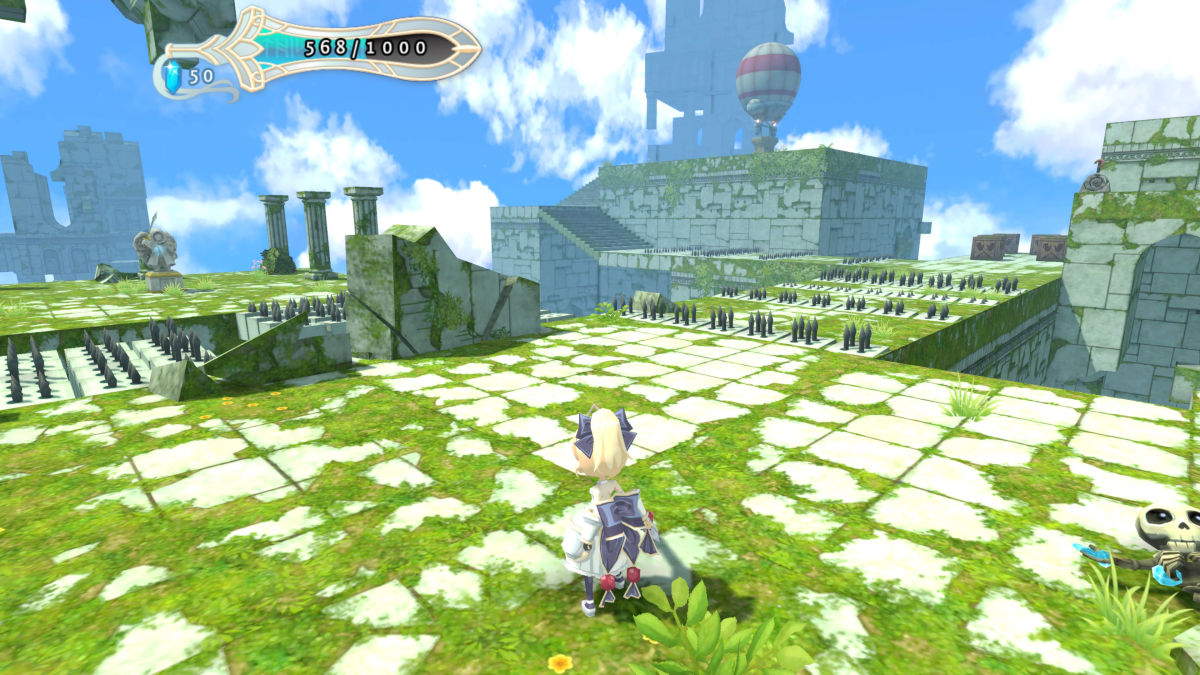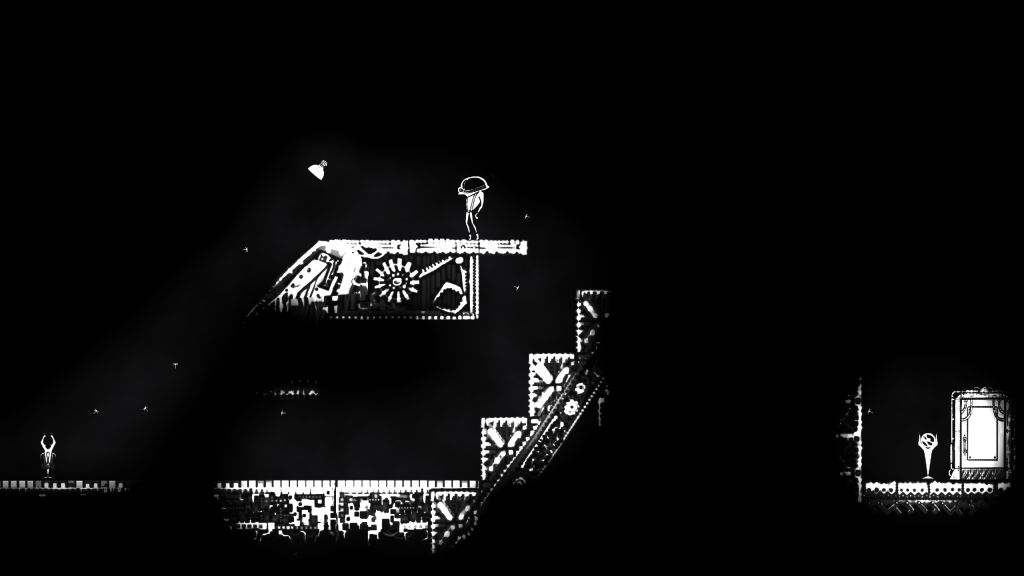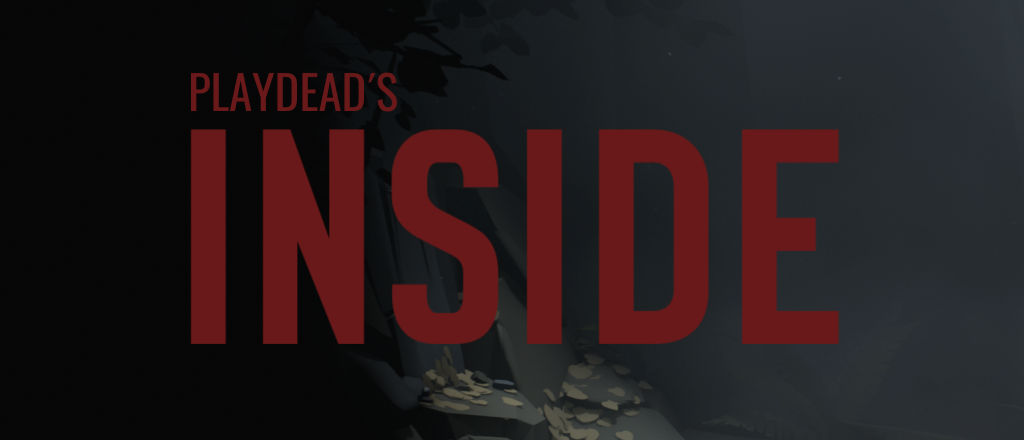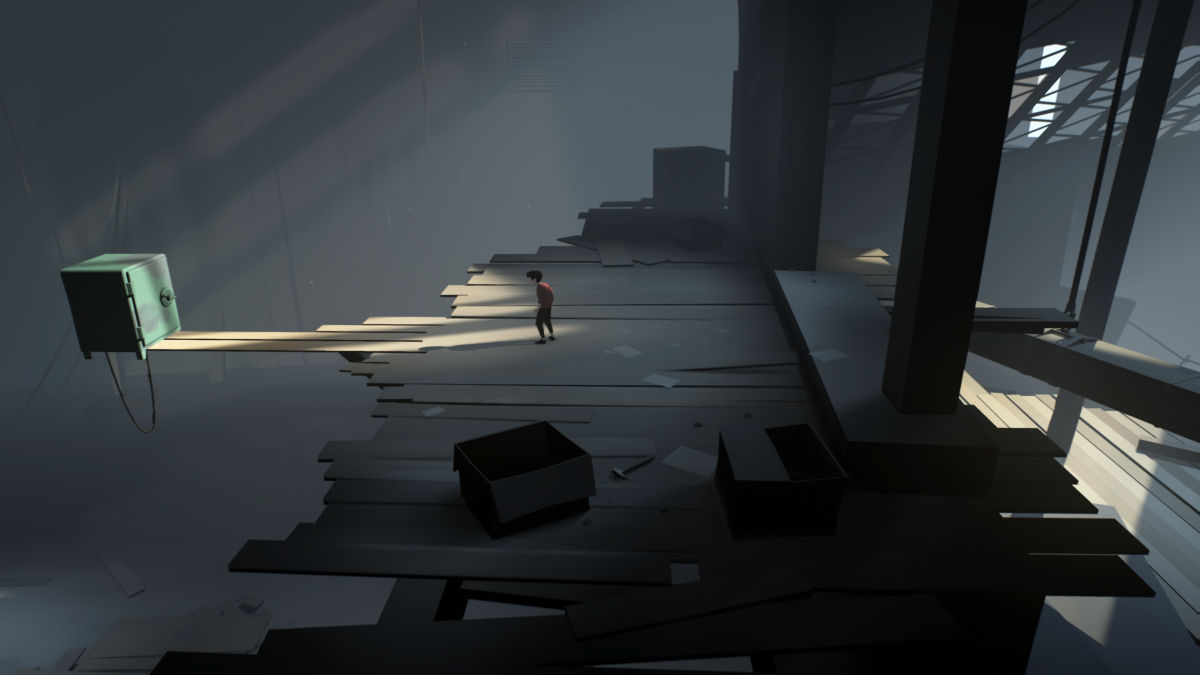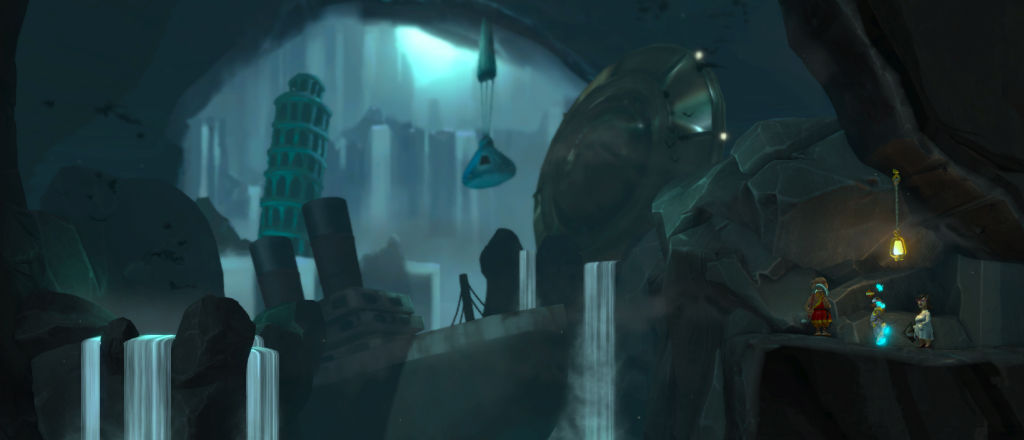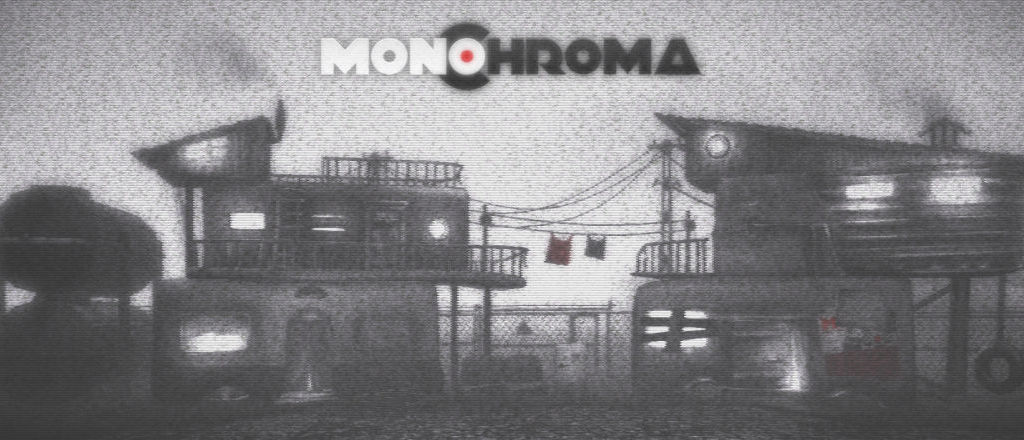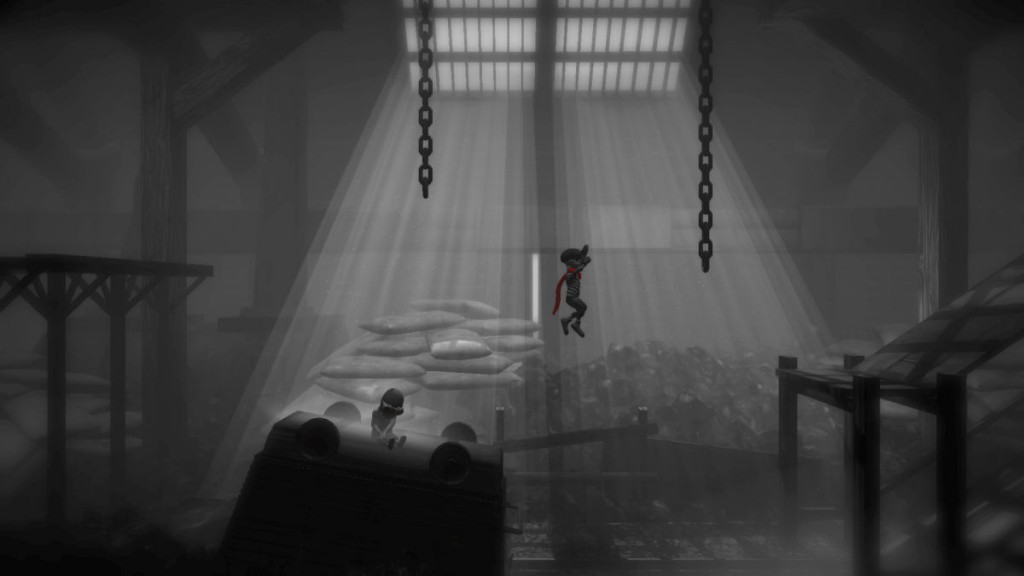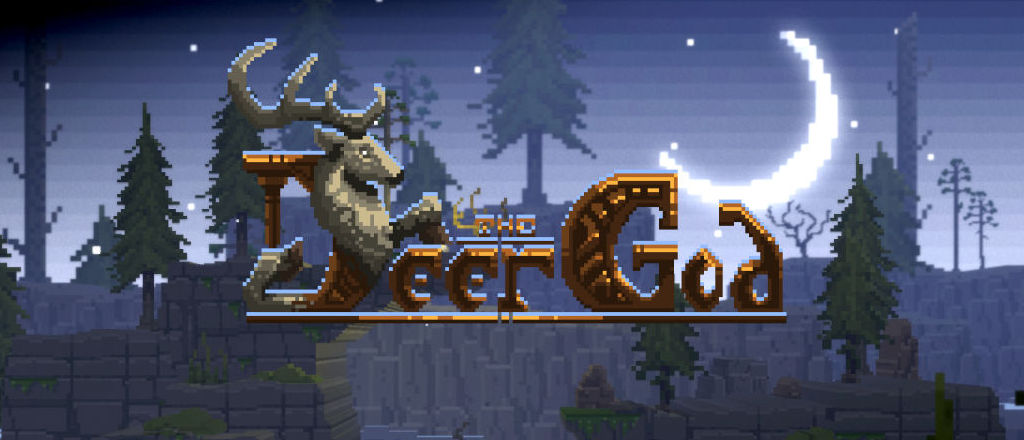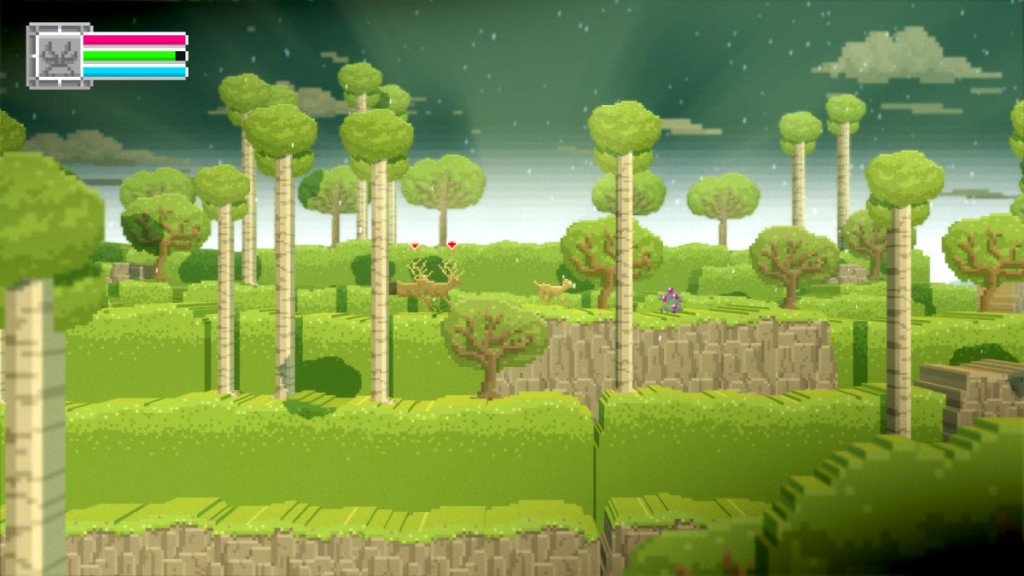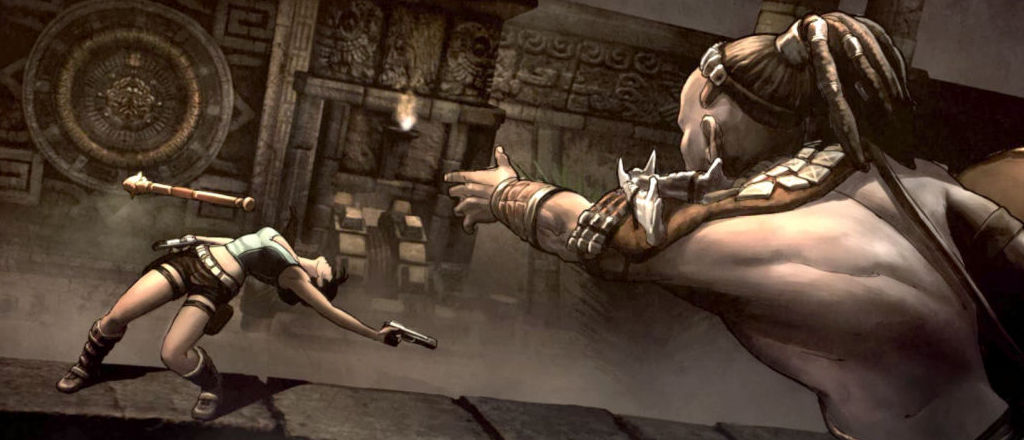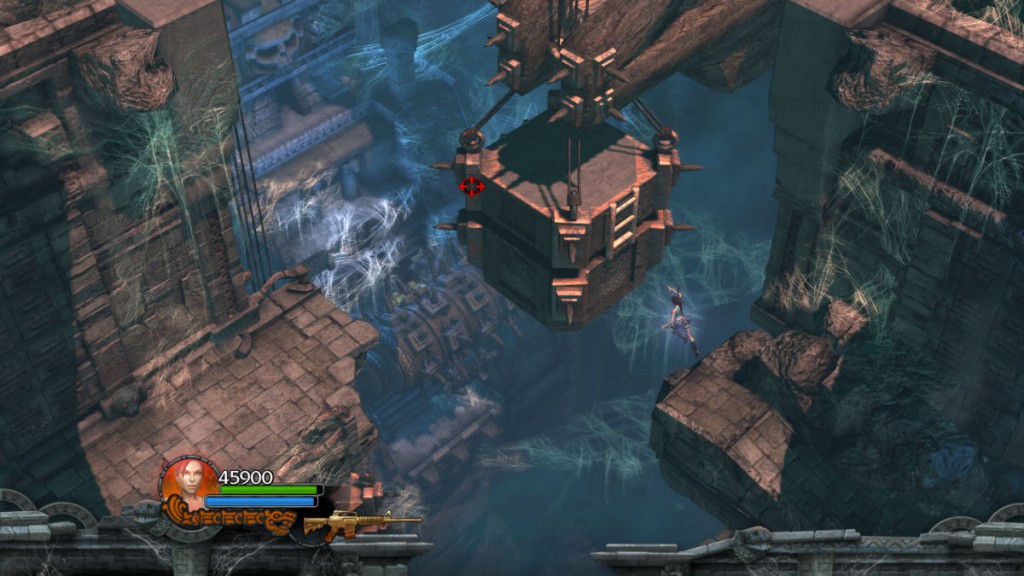Developer: Ubisoft Reflections | Released: 2016 | Genre: Adventure, Platform
The sequel to Grow Home was much more of what made the first one so charming.
It was clear that although it was expanded in almost all directions, it was still built upon the same code base. Same climbing, same growing star plants, same graphical style, same rag doll animations. But where the first one took place on a small island and you grew one star plant into space, the sequel took place on a spherical planet with lots of floating islands around it, and four star plants could be grown.
However, growing star plants was not the objective this time around. M.O.M., the spaceship computer, had its parts spread all over the planet after a meteor storm, and I now had to find the crash sites. To help me a new assistant, P.O.D., could be used to view the planet from above, and it moved M.O.M. parts to a small moon using a magnet that I had to align like a seasoned oil worker.
P.O.D. looked like a satellite and sometimes also came with tutorial tips and observations.
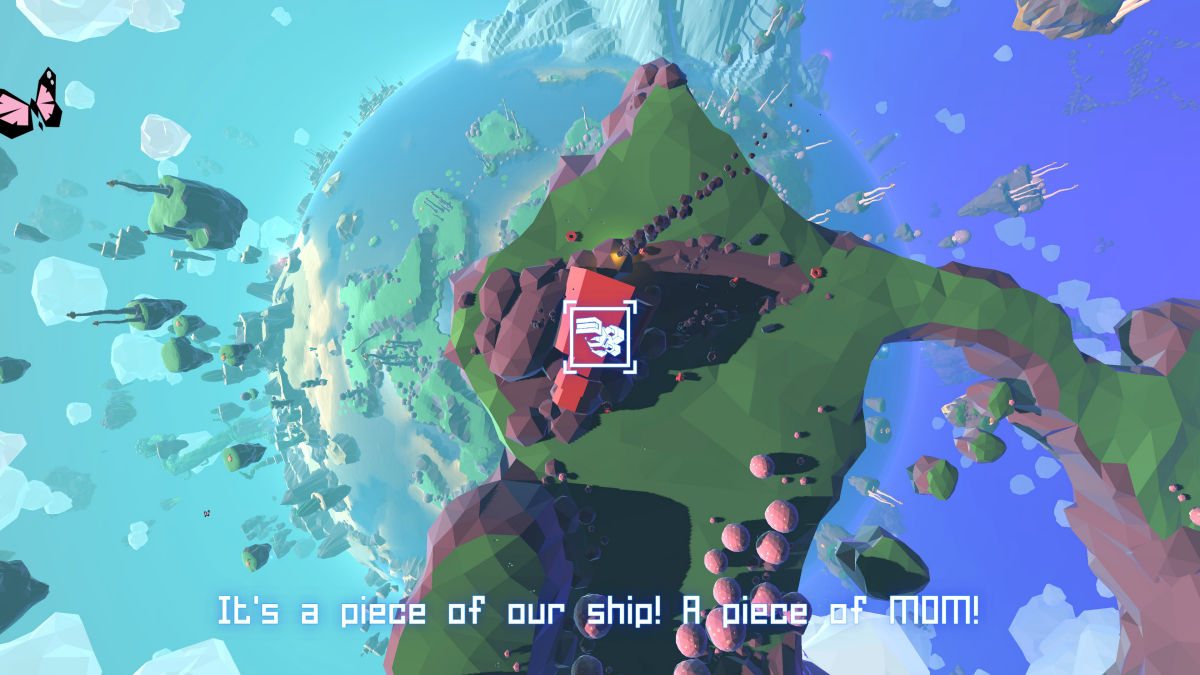
Crystals could still be found for upgrading abilities, but these abilities were now initialized by finding “tubs” with expanding red parts. It made B.U.D. more of an Inspector Gadget this time around. The dandelion was now permanent and didn’t lose petals. Rocket jumping could be improved with crystals to actually lift me upwards, and the glider could be expanded with a jet boost.
I could also become a rolling ball but I didn’t use that one much.
You could argue that these improvements made the game too easy, but honestly it was essential now that so much more landmass had to be explored. Without the ability to glide and rocket boost around without the help of growing star plants, it would have gotten stale fast. So it was all good with me.


